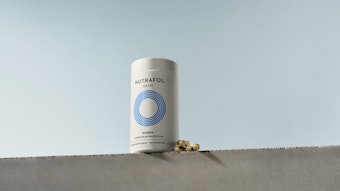The skin is a dynamic barrier that protects the body from external sources of harm. One of the primary purposes of this barrier is to prevent infection. While the skin does provide protection from invading microorganisms, healthy skin contains a complex microbiota of normal, commensal microbial flora. An intricate balancing act exists between the skin and the wide array of microbes that constitute the normal flora. Environmental, physiological, biochemical, mechanical and immunological variables all contribute to maintain a healthy balance between the skin and its normal flora. When this balancing act is disrupted by internal or external forces, infection can occur. Infections can be caused by either normal commensal microbes or by external invading pathogens.
Colonization of the skin by normal, commensal microbes is vital to providing adequate protection from invading pathogens. Commensal microbes provide protection from invading pathogens by both direct and indirect means. Commensal microbes directly protect against invading pathogens through the excretion of antibiotics such as bacteriocins and the production of toxic metabolites. Likewise, the microbes indirectly protect through the depletion of available nutrient stores, blocking pathogen adherence and degrading toxins released by potential pathogens. It has also been found that certain commensal microbes can upregulate keratinocyte production of antimicrobial peptides.










